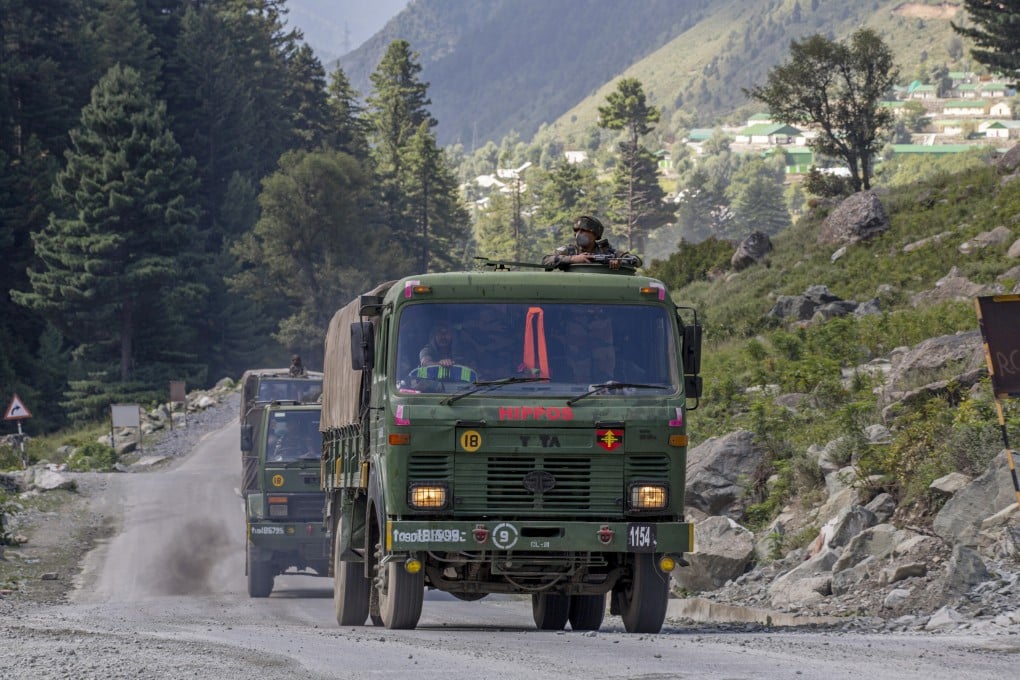Advertisement
China-India border dispute: ‘at least one Chinese soldier killed’ in June brawl
- Editor of nationalist tabloid Global Times claims China’s death toll was ‘far smaller than India’s’
- It’s the first time state media has acknowledged any casualties in the incident, while Beijing has declined to say how many troops died
Reading Time:2 minutes
Why you can trust SCMP

At least one Chinese soldier was killed in a deadly border clash with Indian troops three months ago, according to state media, the first time it has acknowledged any casualties in the incident.
The violent brawl in the Galwan Valley on June 15 was the worst clash between China and India in decades – it left at least 20 Indian soldiers dead, and the two sides remain locked in a military stand-off in the disputed Himalayan region.
Hu Xijin, editor-in-chief of nationalist tabloid Global Times, wrote in a Weibo post on Thursday that: “Certain of our soldiers fought until the last breath … let’s pay tribute to the soul of the martyr.”
Advertisement
The newspaper, which is published by Communist Party mouthpiece People’s Daily, also ran a report on the soldier quoting Hu.
But he did not say how many Chinese had died in the bloody brawl in which troops fought with clubs and stones. Many of the Indian soldiers were said to have died from their injuries because they could not get treatment in time in the remote, high-altitude location.

02:04
New video shows clash between Indian and Chinese troops on border
New video shows clash between Indian and Chinese troops on border
“China’s death toll is far smaller than India’s … but of course, even just one deceased is a great loss,” Hu wrote.
Advertisement
Advertisement
Select Voice
Choose your listening speed
Get through articles 2x faster
1.25x
250 WPM
Slow
Average
Fast
1.25x